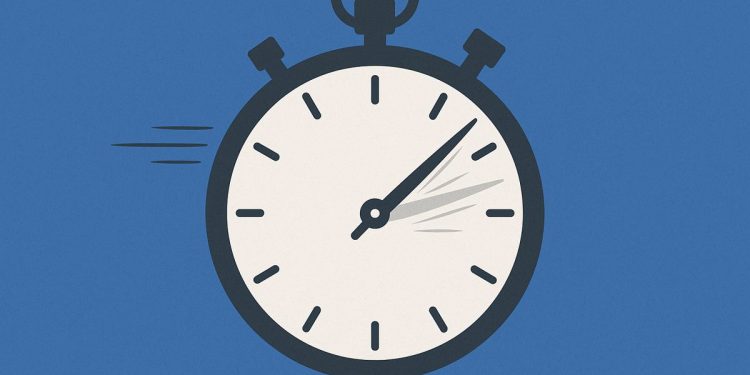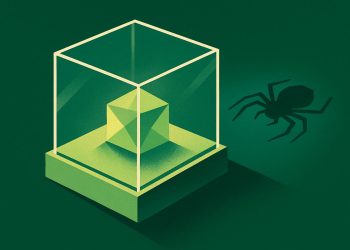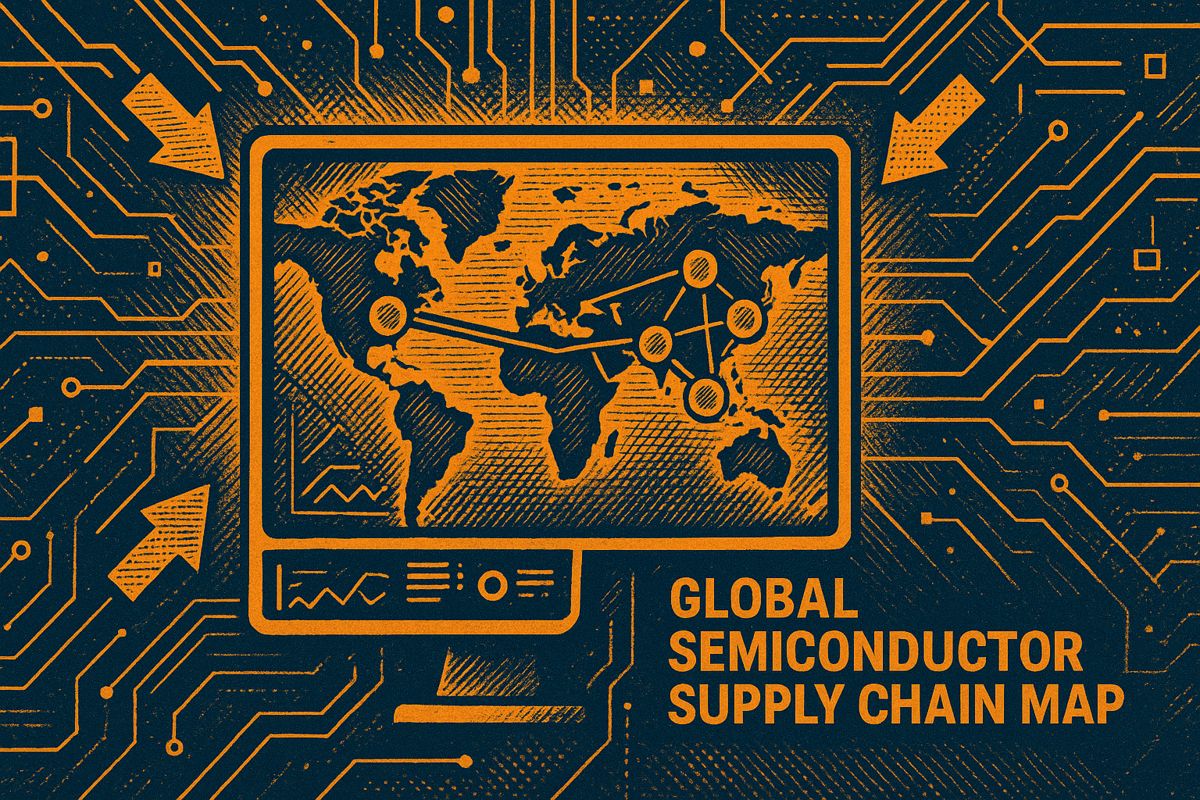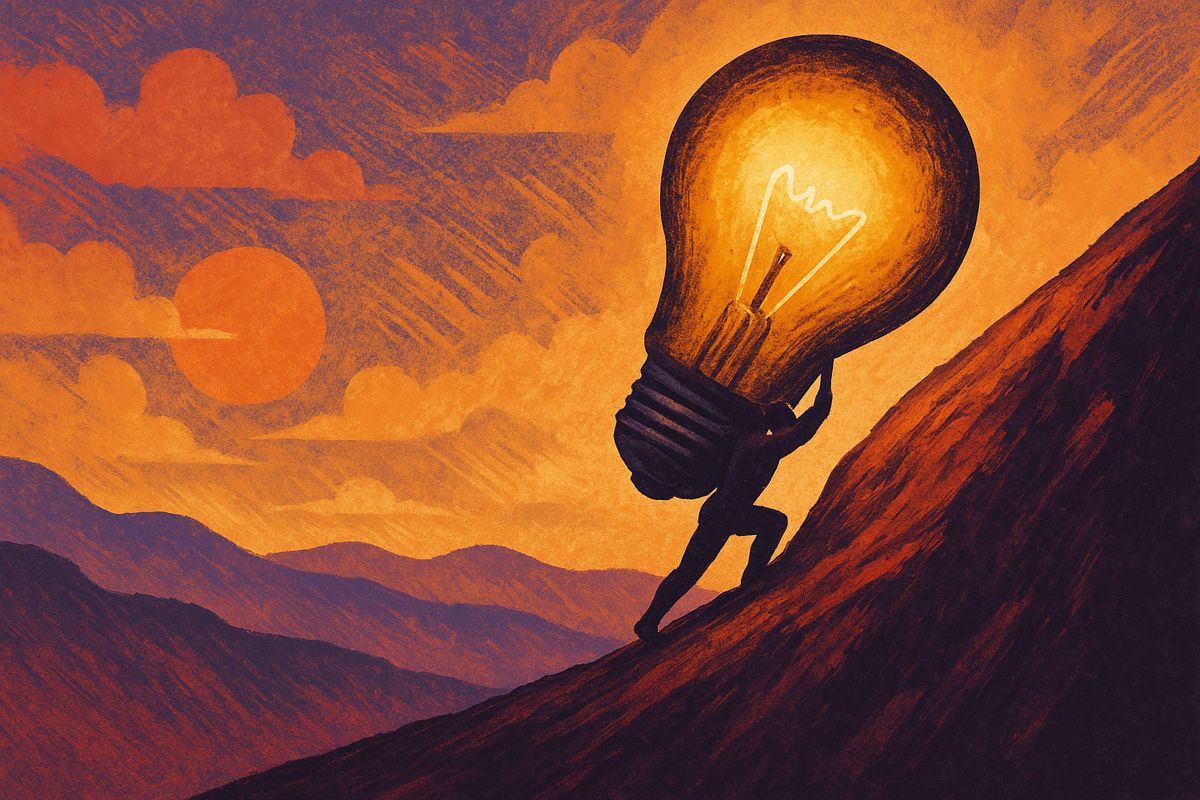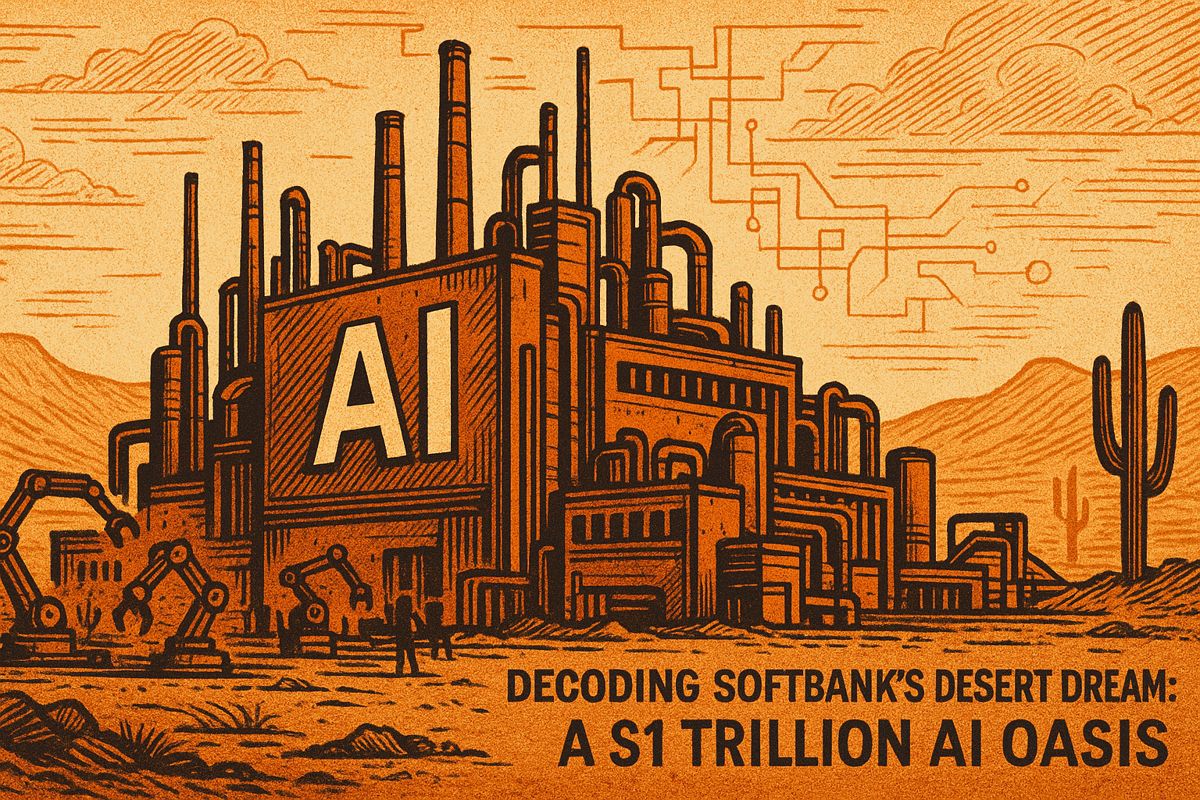Autonomous AI agents are boosting marketing ROI by an estimated 20-30%, fundamentally reshaping daily operations for marketing teams. Forward-thinking leaders now treat this agentic software as core infrastructure, leveraging it to write creative briefs, build landing pages, and schedule social media campaigns while human strategists focus on high-level goals.
AI Agents Reshaping Modern Marketing: Insights from chiefmartec.com Creator
AI agents are automating core marketing functions from copywriting and analytics to campaign ideation. This frees up human marketers to focus on high-level strategy, while the agents handle rapid execution, personalization, and data analysis, leading to significant gains in efficiency and performance across the board.
Chiefmartec.com creator Scott Brinker identifies four key agent categories: internal, customer-facing, buyer-controlled, and human change agents. He notes internal agents provide the quickest returns by streamlining tasks like copywriting and analytics. For example, Salesforce Marketing Cloud AI agents have been shown to lift conversion rates by 18% through automated email and page generation. Unilever’s Dove brand achieved even greater success, using AI-generated digital twins to secure 3.5 billion social impressions and a 52% increase in first-time buyers, as detailed in the Digital Agency Network playbook.
Internal efficiency drives first-wave adoption
Internal efficiency is the primary driver for initial adoption. Research shows that AI agents can draft complete campaign concepts in minutes by analyzing market trends and cultural signals, allowing marketers to test refined options instead of starting from zero. Consequently, companies adopting these workflows report a 20-30% higher ROI compared to traditional methods.
Key benefits include:
– Ideation: hours cut to minutes
– Asset production: scalable across channels
– Real-time optimization: continuous, data-led tweaks
– Localization: instant multilingual variants
– Governance: brand rules baked into every prompt
External and buyer-side agents shift power
While customer-facing chatbots are common, a more significant disruption is emerging from buyer-controlled agents. Brinker warns that these consumer-side agents will soon curate which brands even appear on a consumer’s “digital shelf.” To prepare, marketers must optimize metadata, product feeds, and pricing transparency for autonomous evaluation. Influencer marketing is also being transformed, with AI avatars engaging global audiences 24/7 in multiple languages, eliminating off-script risks. This agent-driven personalized content has been noted to lift conversions by up to 20%.
Stack complexity and the role of human change agents
With the martech landscape now exceeding 14,000 tools, AI agents serve as a powerful new integration layer, connecting fragmented stacks into cohesive, responsive workflows. However, governance is critical. Brinker emphasizes the role of “human change agents” – the people responsible for setting policy, managing ethics, and steering AI implementation to maximize value while mitigating brand risk.
How are AI agents boosting marketing ROI by 20-30 percent?
Autonomous AI agents now manage end-to-end campaign workflows – from ideation and audience segmentation to real-time optimization – which Salesforce reports lift ROI 20-30 percent over traditional manual approaches.
Early adopters like Unilever’s Dove used Nvidia-generated digital twins to gain 3.5 billion social impressions and a 52 percent jump in first-time buyers, while Heinz refreshed packaging and ads with AI-generated visuals that resonated with Gen-Z.
Read the full benchmark set: Salesforce’s 2025 guide to AI agents for marketing.
What four types of AI agents does ChiefMartec.com creator Scott Brinker see reshaping teams?
Scott Brinker maps internal agents (content & analytics helpers), customer-facing bots, buyer-side agents run by consumers, and human change agents who govern the tech.
He warns the real disruption will arrive when buyer-side agents mature and control product discovery, forcing brands to rethink attribution.
Brinker’s full framework: CMSWire interview with Scott Brinker.
How are influencers using AI agents to scale personal brands in 2025?
AI avatars give influencers a 24/7 global presence, hosting simultaneous live Q&As in Tokyo and product drops in New York while staying perfectly on-brand.
They A/B-test captions, localize languages instantly, and never tweet off-script, eliminating PR risk.
platforms like Fluid AI now offer “Influence-as-a-Service” where startups rent AI personas for a fraction of human-influencer fees.
Which operational risks come with autonomous marketing agents?
Agents can act without traceability, launch off-strategy campaigns, or misread cultural nuance if left unsupervised.
McKinsey advises building human-in-the-loop approvals, audit trails, and kill-switches before handing agents budget control.
Deloitte predicts only 25 percent of firms will have robust governance by late 2025, so early rigor is a competitive edge.
What metrics best prove an AI agent pilot is ready for full rollout?
Track cost per acquisition drop, creative iteration speed (hours vs. days), and brand-safety incidents (target zero).
When CPA falls 15 percent, iteration cycles shorten 70 percent, and zero off-brand posts slip through, marketers can confidently scale agents across channels.

